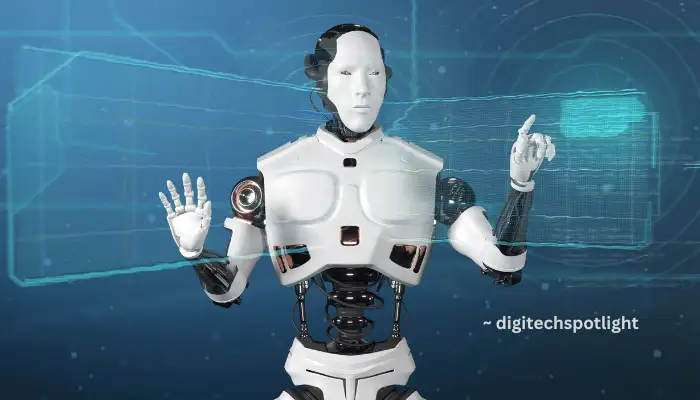Elon Musk an entrepreneur with a vision and chief executive officer of Neuralink is making an extraordinary announcement that may alter the course of computer-human interaction. Musk announced that the first person to receive the Neuralink brain chip has recuperated and displayed an amazing capability: the capacity to manipulate a computer mouse together just their brains.

The Vision Behind Neuralink
Neuralink which was established by Musk in the year 2016, is aiming to design high-bandwidth interfaces for brains (BMIs) which connect the brain of a person directly to computers. The aim is to build an symbiosis between human beings as well as Artificial Intelligence (AI) that will enable innovative ways to interact with technology, and possibly revolutionizing the fields of education, medicine, and communications.
The brain chip is called a neural lace can be implanted in the brain to track and increase the brain’s activity. It is comprised of a small and flexible array of electrodes that reads signals generated by neurons and transform the signals into digital instructions. The technology has the potential to treat neurological disorders and improving cognitive capabilities and enabling new ways of communication for people who have disabilities.
First Human Implant Success
Musk’s announcement of late highlights an important point in Neuralink’s progress. The very first patient in human history who received the implant for their brain isn’t just completely recovered from surgery, but been able to control a mouse by thinking. This accomplishment highlights the power of Neuralink’s technology that can allow the direct communication between computers and brains.
The procedure involves the brain chip sensing electrical impulses within the brain related to an intention of moving the mouse. The signals are sent to a computer that interprets them as motion instructions for the mouse’s cursor. This amazing feat is proof of the quality and efficiency of the technology used by Neuralink.
Implications for Medicine and Beyond
The successful launch of this first implant can open a new world of possibilities for both technological and medical advances. If you suffer from paralysis or motor limitations, the Neuralink brain chip may provide an entire new level of autonomy in allowing them to connect with mobile phones, computers and various other electronic devices with only their minds. It could dramatically rise the quality of their lives as well as deliver the possibility of new channels for interactivity and communication.
Beyond the medical field The ability to regulate technology via thought can transform the way that people engage with technology. It may lead to smoother and more efficient interfaces for virtual and enhanced technology, advanced prosthetics as well as control of home appliances that are smart. The incorporation of brain-machine interfaces in everyday technology may fundamentally alter our interaction with the online world.
Ethical and Safety Considerations
Although the benefits that could be derived from Neuralink’s technology are enormous however, there are issues of safety and ethics which must be taken into consideration. Implanting devices into human brain can be risky that include injuries to tissues, infections, and the long-term impacts which aren’t fully known. The safety and effectiveness of the implants is crucial with rigorous clinical tests and oversight by regulators will be vital.
Additionally, the ethical ramifications of brain-machine interfaces go beyond questions of autonomy, privacy as well as consent. The capability to monitor and possibly alter the brain’s activity can raise questions regarding who is in charge of the data and the way it’s utilized. When this technology develops it is essential to develop ethical guidelines and protections for people’s rights as well as warrant that benefits are available and equally distributed.
Looking Forward
Elon Musk’s announcement represents an important milestone for Neuralink and for the development of computer-based brain interfaces. The use of the computer mouse via thinking by the first human-like patient is an amazing feat which demonstrates the ability of the technology to change life and alter our relationship with technology.
While Neuralink continues to improve and improve the brain-computer interface, the potential of future applications are endless. From treatments for neurologic diseases to the enhancement of human cognitive as well as communication implications of brain-machine interfaces can be enormous. The journey, however, is just beginning. carefully weighing the security, ethical, and social implications is essential for assure that the technology is implemented and used in a safe manner.